Pickles might seem like a simple grocery item, but not all jars are created equal. After testing dozens of brands, we discovered some major disappointments lurking on store shelves. From mushy textures to artificial ingredients, these pickle brands failed to deliver the crisp, tangy experience we crave.
1. McClure’s Pickles
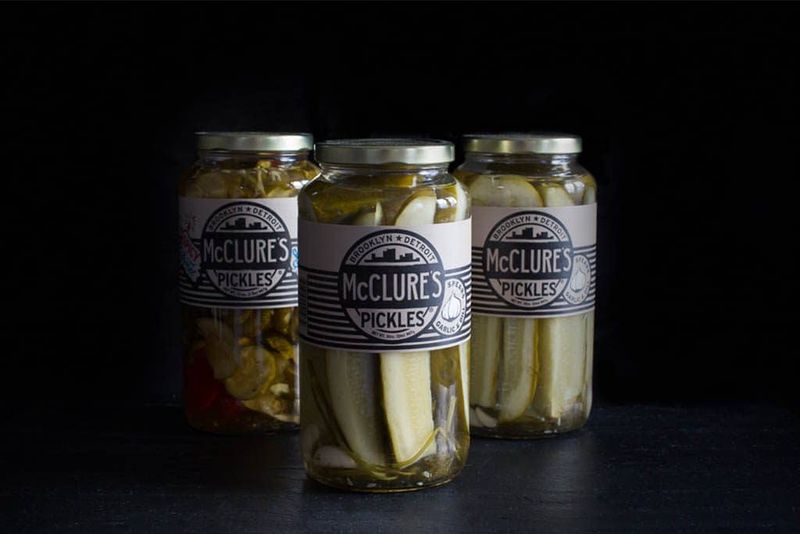
Premium price doesn’t always mean premium taste. McClure’s pickles market themselves as artisanal delights, but many customers report a surprisingly soft texture that falls apart with the first bite.
The overwhelming garlic punch obliterates any subtle dill notes you’d expect. The company began as a family recipe in Michigan, but somewhere along the way, the balance of flavors went askew. What should be a harmonious blend becomes a one-note garlic bomb that lingers unpleasantly.
Most concerning is the texture issue – pickles should snap when bitten, not squish. For the hefty price tag attached to these jars, consumers deserve better than the mushy, overly pungent experience McClure’s delivers.
2. Vlasic Pickles
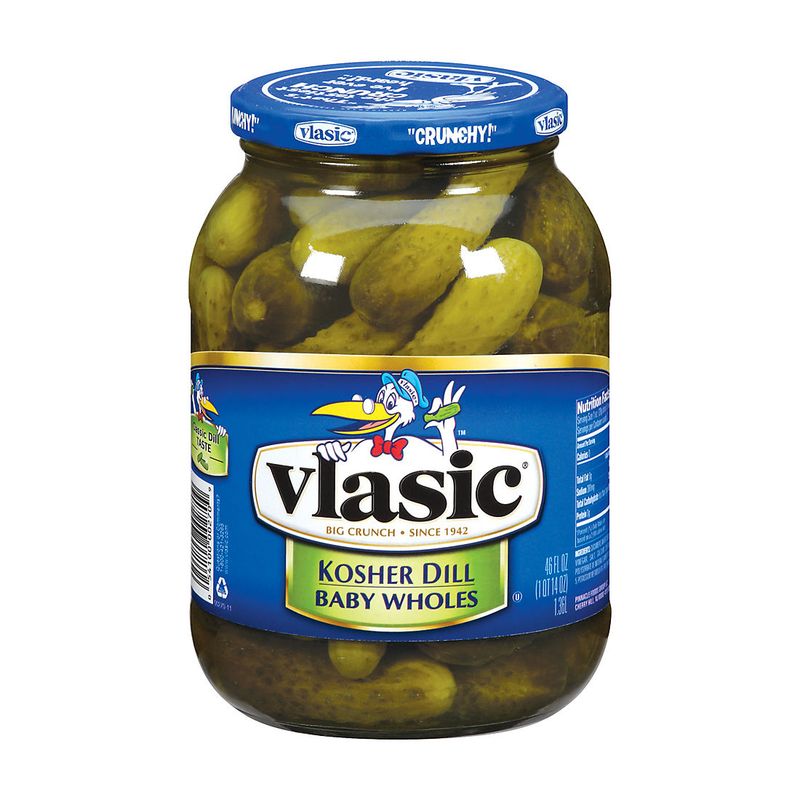
Remember that stork from the commercials? He’d probably fly away disappointed after trying the actual product. Vlasic pickles have become notorious for their overwhelming acidity that masks any natural cucumber flavor.
The signature crunch promised in their marketing materials often falls flat, with many jars containing limp, soggy spears that barely hold together on a fork. Some customers report finding pickles that bend rather than snap – a cardinal sin in the pickle world.
Founded in the 1940s, this once-respected brand has seemingly sacrificed quality for mass production. The vinegar-forward profile might work in small doses, but becomes unpleasantly sharp when eating a whole pickle.
3. Mt. Olive Pickles
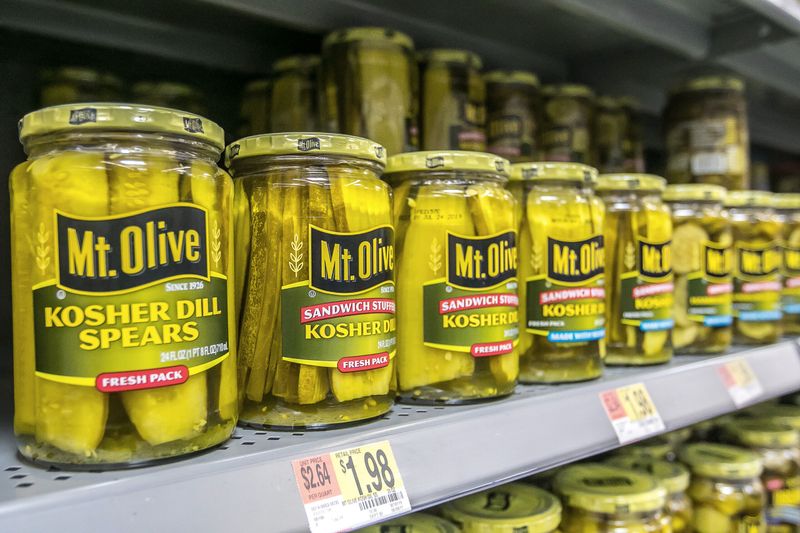
Blandness shouldn’t be a pickle’s defining trait, yet Mt. Olive manages to achieve just that. These widely distributed pickles lack the bold tang and zesty kick that make pickles worth eating in the first place.
The dill flavor registers as an afterthought rather than a star player. Many consumers report having to add their own seasonings to make these pickles palatable – defeating the purpose of buying pre-made pickles. Founded in North Carolina in 1926, Mt. Olive has grown to become one of America’s largest pickle producers.
Unfortunately, this growth seems to have come at the cost of flavor complexity. The result is a one-dimensional product that fails to excite the taste buds or complement sandwiches effectively.
4. Bubbies Kosher Dill Pickles: Salt Bomb
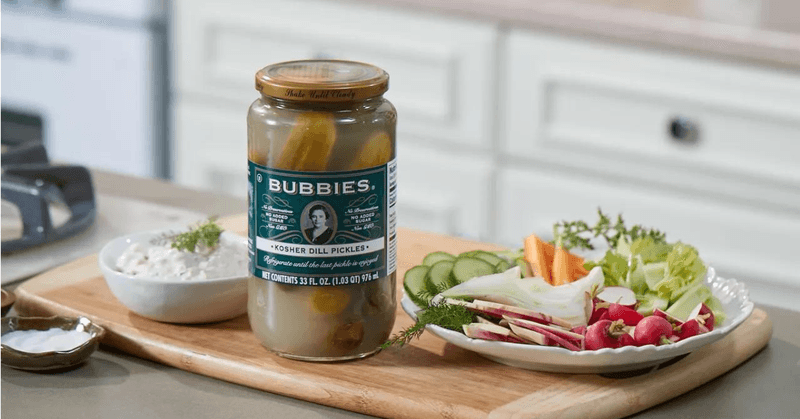
Naturally fermented should mean naturally delicious, but Bubbies misses the mark. These pickles boast about their traditional fermentation process yet deliver a sodium overload that overwhelms the palate. The texture often disappoints too.
Many customers report a mushy consistency rather than the satisfying crunch you’d expect from a premium pickle. The brine lacks the complex sourness that makes naturally fermented pickles special. Founded as an alternative to vinegar-brined options, Bubbies had the right idea but poor execution.
The salt-forward profile makes these pickles nearly inedible straight from the jar, and even when chopped into recipes, they can throw off the entire dish’s seasoning balance.
5. SuckerPunch Pickles
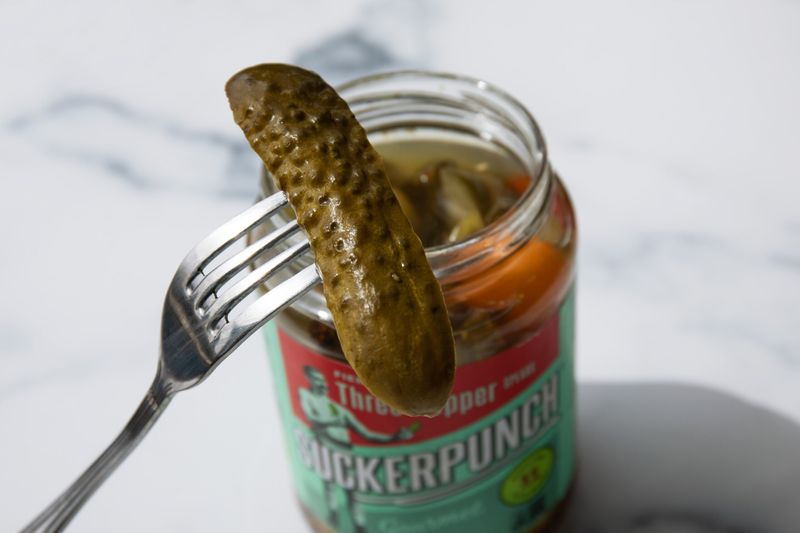
Fancy labels can’t hide disappointing contents. SuckerPunch Pickles tempt shoppers with promises of bold, unique flavor combinations, but the actual experience delivers an unwelcome surprise – and not the good kind.
Customers frequently report an odd aftertaste that lingers unpleasantly. The spice blend, supposedly their signature selling point, often comes across as disjointed rather than harmonious, with competing flavors that never quite gel together. A relatively new entrant to the pickle scene, SuckerPunch tried to differentiate itself with innovative flavor profiles.
Unfortunately, innovation without execution leads to jars that collect dust in the back of refrigerators. The disconnect between expectation and reality makes these pickles particularly disappointing.
6. Market Pantry Pickles
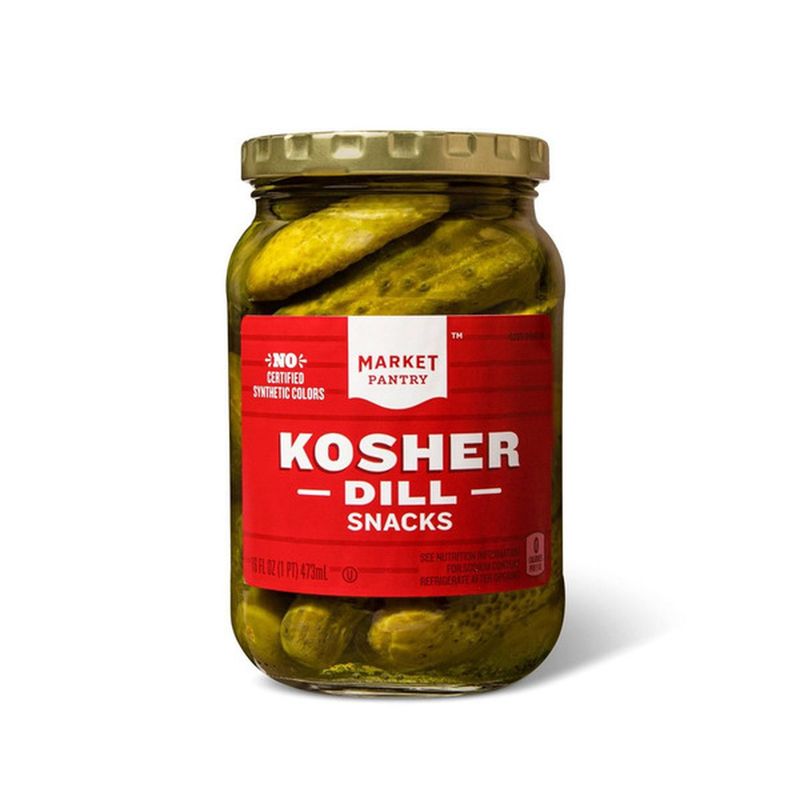
Store brands sometimes surprise with hidden quality, but Target’s Market Pantry pickles aren’t one of those success stories. The muddy, unclear flavor profile leaves consumers wondering if they’re eating cucumbers or just vinegar-soaked vegetables.
The texture proves equally problematic. The shelf-stable varieties contain preservatives that strip away the essential crunchiness, leaving behind a rubbery consistency that’s wholly unsatisfying. Target excels in many store-brand categories, making their pickle failure all the more surprising.
The cost savings aren’t worth the culinary disappointment these jars deliver. Even in recipes where pickles play a supporting role, these lackluster options fail to contribute any meaningful flavor or textural contrast.
7. Wahlburgers Pickles
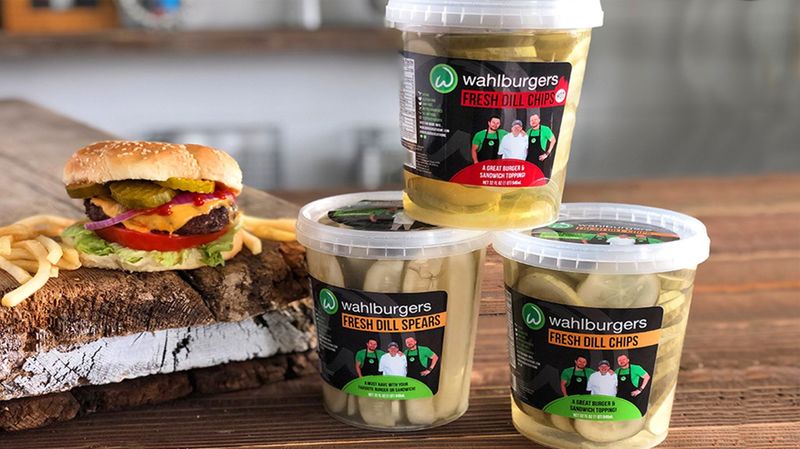
Celebrity endorsements can’t mask questionable ingredients. Wahlburgers Pickles, backed by the famous Wahlberg family, faced a serious class-action lawsuit that exposed a concerning gap between marketing claims and reality.
The brand proudly advertised their pickles as “fresh” and “all-natural” while secretly including sodium benzoate, an artificial preservative. This deceptive labeling left many health-conscious consumers feeling betrayed after paying premium prices for supposedly clean ingredients.
Beyond the legal troubles, the pickles themselves receive mediocre reviews at best. The flavor profile lacks distinction, and the texture is inconsistent from jar to jar. When a pickle brand’s most notable feature is its legal controversy rather than its taste, that’s a clear sign to leave it on the shelf.
8. Great Value
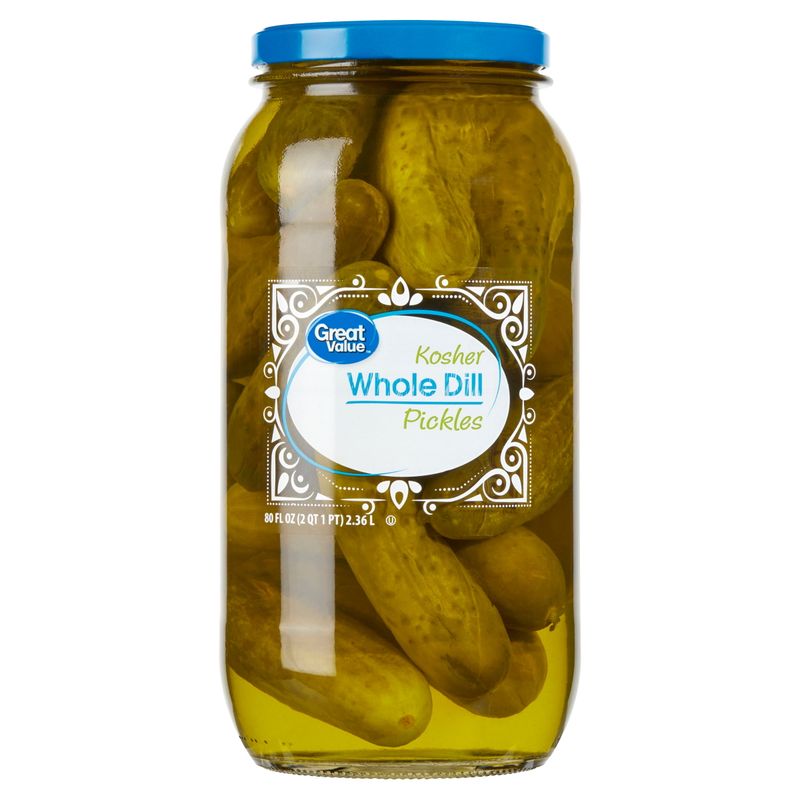
Budget-friendly shouldn’t mean flavor-free, yet Walmart’s Great Value pickles manage to disappoint even with rock-bottom expectations. The first bite reveals a generic, forgettable taste that fails to capture what makes pickles special.
The sodium content reaches alarming levels – often higher than competitors without delivering corresponding flavor benefits. Many customers report needing to rinse these pickles before eating to make them palatable, which defeats the purpose of buying pre-brined pickles.
While nobody expects gourmet quality from the lowest-priced option, even basic pickle enjoyment seems too much to ask from Great Value. The pale color and lifeless appearance in the jar serve as visual warnings of the bland experience awaiting inside, making these a false economy even at their budget price point.
Leave a comment